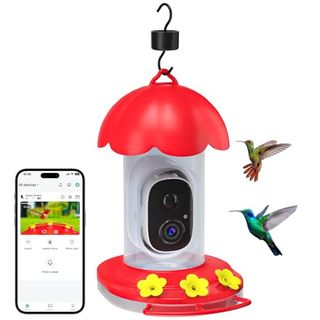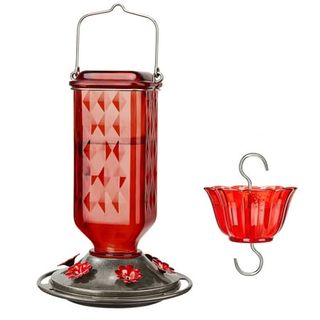When do hummingbirds return from migration? Wildlife experts reveal when to expect them and how you can help
As hummingbirds return to North America, gardeners can play a part in caring for these weary travellers
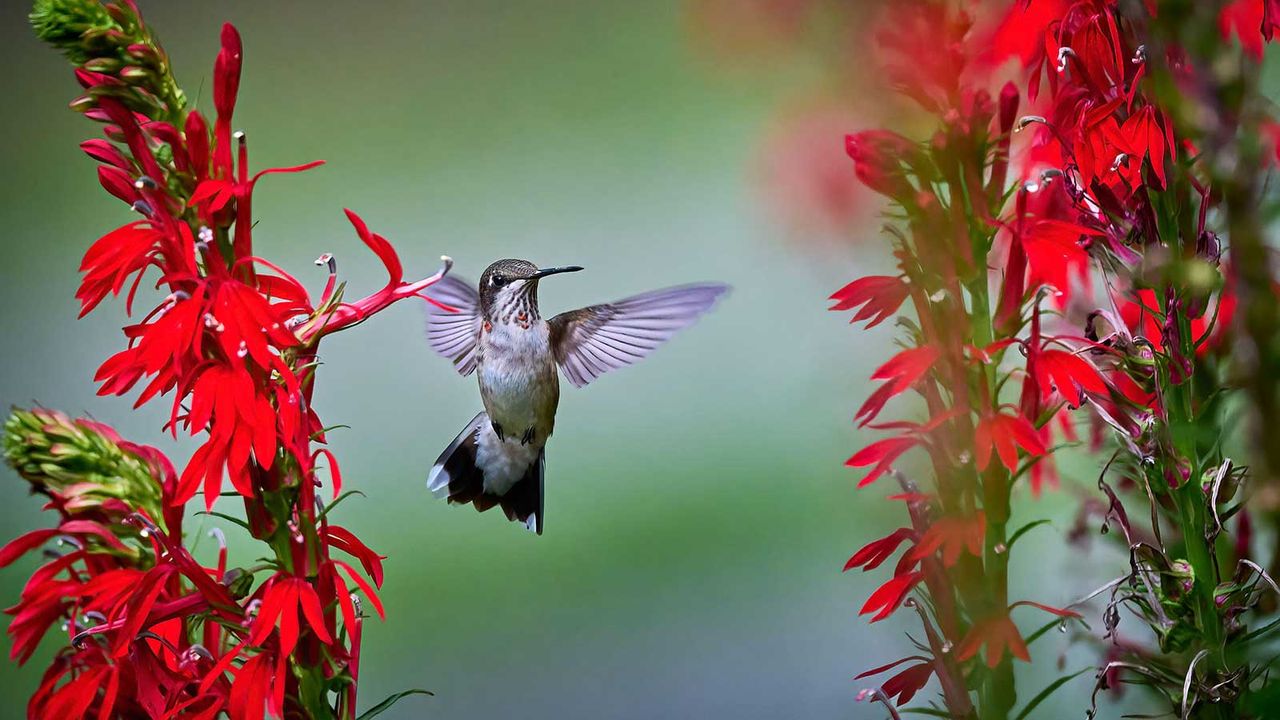

When do hummingbirds return from migration? It’s a question many gardeners and bird-watchers ponder after what might feel like an eternity of cold weather. The spring equinox marks a key transition in the calendar, and with the increase in daylight and warmth, the northern hemisphere stirs from its winter sleep.
Whilst the changing weather is undeniably a welcome shift for gardeners, it also marks a change in the natural world. As the days get longer and the nighttime temperatures increase, migratory birds are on the move, leaving their wintering grounds in southern regions and returning north to breed. Warblers, orioles and thrushes will soon take to the air, but perhaps the most anticipated visitors to backyards are some of the smallest: hummingbirds.
We spoke to one US wildlife expert to better understand hummingbird migration, with advice on when you can expect to see these colorful miniature birds and how to prepare your backyard for their return.
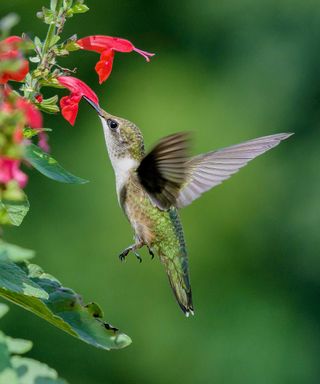
Supporting migrating hummingbirds
Of the 365 species of hummingbird that call the Americas home, fewer than two dozen can be found in North America during the spring and summer months.
Sadly, scientists have reported that some of these species have declined in numbers since 1970, and in recent years, the rate of decline has been increasing for both the Allen's and Rufous hummingbirds.
While this is concerning, gardeners can play a small part in supporting native birds by incorporating wildlife garden ideas into their yards as migratory species return.
Hummingbird arrivals vary by region
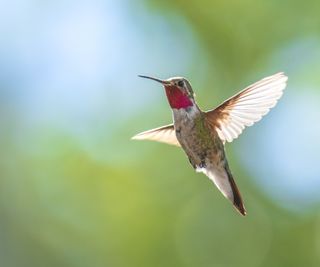
'Hummingbird migration is all about food and warmth,' says Siobhan Shaw, sustainable gardening expert and founder of Growing to Give. 'As the seasons shift, hummingbirds take the skies and will soon arrive back in the United States.
'If you are wondering when do hummingbirds return from migration, the peak period is from March to mid-May,' Siobhan continues. 'But of course, this will vary depending on where you live and the climate.'
In northern, cooler US hardiness zones, such as in Alaska or Michigan, the return of hummingbirds will happen much later than in southern locations, such as California or Florida, where some hummingbirds may even have remained for the winter months.
'Ruby-throated hummingbirds, the most common species and the most prevalent species east of the Mississippi, return from March in the southernmost states and advance north to the mid states by the beginning of April,' Siobhan says.
'They finally reach the northernmost states, such as Minnesota, Michigan and Maine by mid-May, so do not be too concerned if it takes until the middle of spring to spot your first hummingbird - they will soon be on their way.'
If you want to watch birds up close this year, why not invest in a pair of binoculars? Try these Occer binoculars, available from Amazon, which have 12x magnification and will allow you to watch birds moving from shrub to shrub in the yard.

Siobhan is the co-founder of Growing to Give, a dynamic global nonprofit dedicated to transforming community-focused food security and agriculture through sustainable farming and gardening practices. Siobhan is a passionate advocate for women's empowerment in agriculture, mentoring women who aspire to careers in the field. Siobhan also continues her decades of podcasting as the host and co-producer of the health and well-being podcast titled Real Talk.
How to prepare your garden for hummingbirds
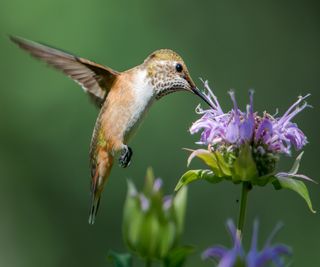
The US Fish and Wildlife Service advises that for the hummingbird species that move between North America and Central and South America each year, it is important that they can access food as they return for the breeding season in spring.
'Growing some of the best perennials to attract hummingbirds is undoubtedly a good idea,' Siobhan says. 'Native planting is highly recommended, such as verbena, bee balm, trumpet vine and columbine, which are all nectar-rich and hummingbird-approved.
'Plant with both fragrance and color in mind,' Siobhan adds. 'Hummingbirds love scented species with red, orange and pink blooms. It is also a good idea to have staggered flowering times to provide food throughout the year.'
For spring, foxgloves and the native red columbine, Aquilegia canadensis, will add color and nectar to the yard. Later in the season, for summer blooms, plant clusters of zinnias, calendulas or coneflowers.
Columbine seeds are available to order from Burpee, with a range of colors including blue, pink, yellow and red.
'It is also a good idea to put out hummingbird feeders and keep them clean,' Siobhan adds. 'If you live in the south, do this by early March, whereas in the north, anytime from April is fine.'
To keep your feeder clean, use an all-natural product like this bird feeder cleaner, available from Amazon, which contains no harsh chemicals and will cause no harm to hummingbirds.
While nectar from plants and feeders is the primary food source of hummingbirds in backyards, they also consume flies, spiders and other insects, especially during the breeding season when protein is essential for their young.
Keeping chemicals out of your yard - including mosquito-repellent - is therefore important. Biodiverse yards that are full of wildlife - including flies and mosquitos - will create the best environment for hummingbirds to thrive.
FAQs
Should I provide water for hummingbirds?
'Yes, providing water for migrating hummingbirds is important,' says Siobhan. 'Hummingbirds love shallow fountains, dishes and bird baths for drinking - just be sure to keep the water fresh and topped up. You may even be surprised by a hummingbird playfully darting back and forth through the spray of your garden hose like a little child running through a sprinkler on a hot summer day.'
If you are keen to capture some high-quality images of hummingbirds in your borders this year, have you considered investing in hummingbird feeder cameras? This new technology allows you to take close-up images of these hummingbirds as they feed at nectar ports, revealing the brilliant coloration and detail of their feathers.
Try this Birdfy hummingbird feeder camera, available from Amazon, and enjoy endless birdwatching this summer.
Shop hummingbird feeders
Sign up to the Homes & Gardens newsletter
Design expertise in your inbox – from inspiring decorating ideas and beautiful celebrity homes to practical gardening advice and shopping round-ups.

Thomas is a Content Editor within the Gardens Team at Homes and Gardens. He has worked as a professional gardener for both public spaces and private estates, specializing in productive gardening, growing food and flowers. Trained in Horticulture at the Garden Museum, he has written on gardening and garden history for various publications, including The English Garden, Gardens Illustrated, Hortus, The London Gardener and Bloom. He has co-authored a Lonely Planet travel book, The Tree Atlas, due out in 2024.
You must confirm your public display name before commenting
Please logout and then login again, you will then be prompted to enter your display name.
-
 5 patio painting mistakes to avoid – swerve patchy, peeling finishes with these expert tips
5 patio painting mistakes to avoid – swerve patchy, peeling finishes with these expert tipsSurface preparation is key, experts urge
By Ottilie Blackhall Published
-
 Are work tables the new, easier way to add a kitchen island? Interior designers claim they offer a more lived-in elegance that makes it worth losing the storage
Are work tables the new, easier way to add a kitchen island? Interior designers claim they offer a more lived-in elegance that makes it worth losing the storageFreestanding and full of character, the work table is 2025's most coveted kitchen feature
By Molly Malsom Published
-
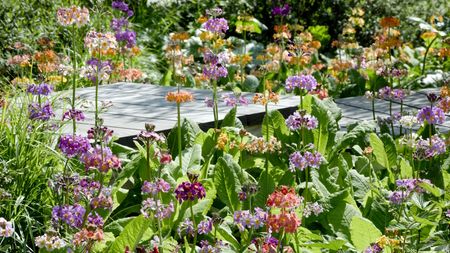 Best flowering ground cover plants – 5 expert-approved species to fill your borders with vibrant color
Best flowering ground cover plants – 5 expert-approved species to fill your borders with vibrant colorThese flowering ground cover plants will not only look good but will also prove popular with bees and butterflies
By Thomas Rutter Published
-
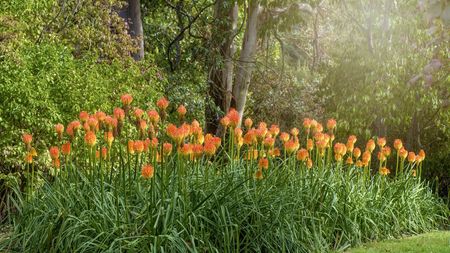 How to grow red hot poker – for low-maintenance and long-lasting flower spikes that pollinators adore
How to grow red hot poker – for low-maintenance and long-lasting flower spikes that pollinators adoreIf you enjoy colorful, vibrant borders, there can be no better perennial to grow than red hot pokers
By Thomas Rutter Published
-
 Best perennials to attract hummingbirds – 5 fantastic flowers to grow, as recommended by master gardeners
Best perennials to attract hummingbirds – 5 fantastic flowers to grow, as recommended by master gardenersThese colorful and fragrant perennials will prove popular with hummingbirds and other pollinators
By Thomas Rutter Published
-
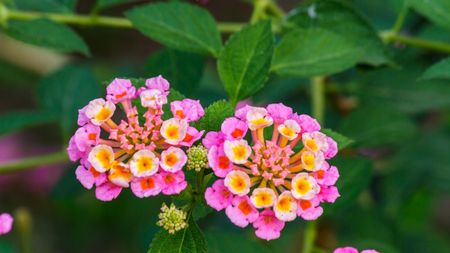 How to grow lantana in pots – and transform even tiny gardens with masses of kaleidoscopic flowers this year
How to grow lantana in pots – and transform even tiny gardens with masses of kaleidoscopic flowers this yearFor colorful and wildlife-friendly blooms, there can be no better plant than lantana
By Thomas Rutter Published
-
 How to grow marsh marigolds – the ultimate low-maintenance, moisture-loving plant that spring pollinators adore
How to grow marsh marigolds – the ultimate low-maintenance, moisture-loving plant that spring pollinators adoreMarsh marigolds can thrive in problem areas, including moist woodlands and boggy soils
By Thomas Rutter Published
-
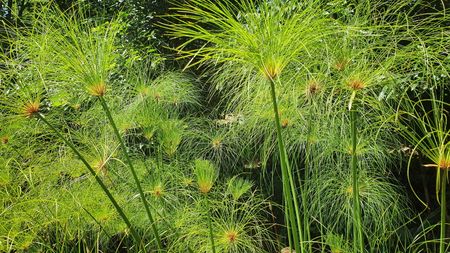 How to grow papyrus outdoors – and enjoy a firework-like display of foliage from these easy-to-grow, moisture-loving plants
How to grow papyrus outdoors – and enjoy a firework-like display of foliage from these easy-to-grow, moisture-loving plantsThese water plants have been grown for thousands of years and are great for backyards
By Drew Swainston Published
-
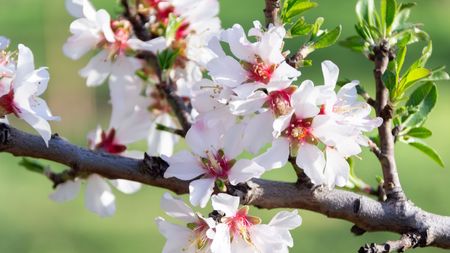 Best trees for spring blossom – 5 beautiful options for a spectacular seasonal show in any sized yard
Best trees for spring blossom – 5 beautiful options for a spectacular seasonal show in any sized yardPlanting one of these best trees for spring blossom will fill your yard with color
By Thomas Rutter Published
-
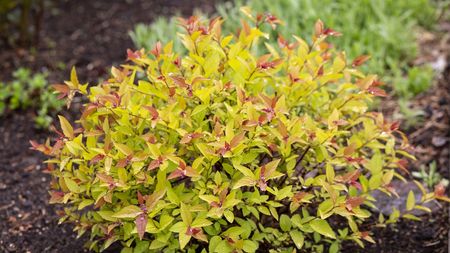 Low-maintenance dwarf evergreens for small spaces – 5 easy-to-grow compact plants for year-round greenery
Low-maintenance dwarf evergreens for small spaces – 5 easy-to-grow compact plants for year-round greeneryThese easy evergreens will inject structure and impact to a small yard
By Thomas Rutter Published
